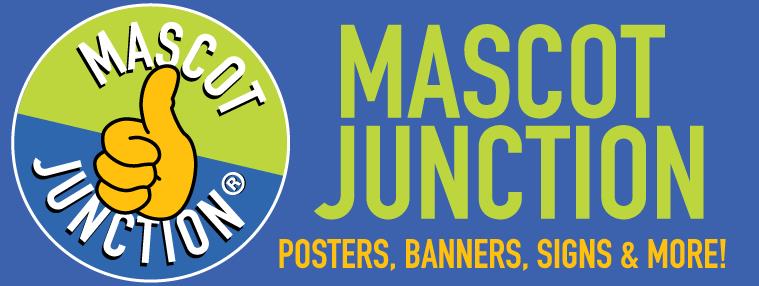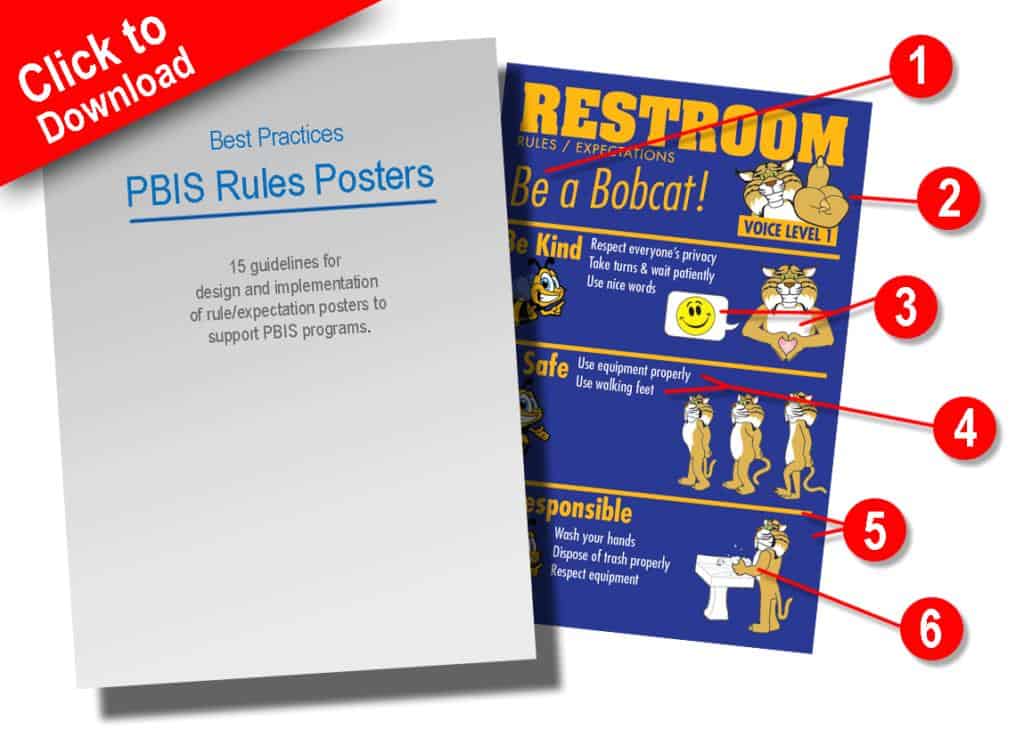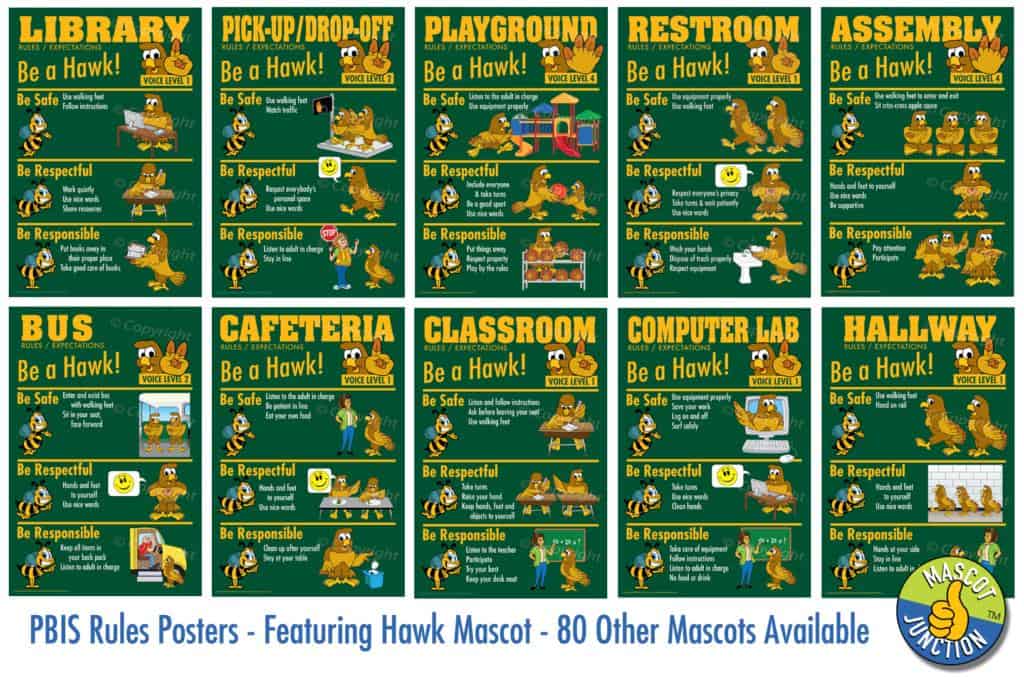These Best Practices are based off information from the PBIS.org web site, guidelines from the OSEP Training Center, including the SET (School-wide Evaluation Tool), and other industry sources.
Download a pdf version of all 15 tips.
- Choose three to five behavioral expectations. PBIS.org states, “The school will focus on three to five behavioral expectations that are positively stated and easy to remember. In other words, rather than telling students what not to do, the school will focus on the preferred behaviors.” Choose positive behaviors that meet the unique challenges your school faces.
- Get buy-in from the staff. According to the OSEP Training Center, schools should “ensure at least 80% of the staff buy into the chosen expectations.”
- Meet posting requirements. The SET (School-wide Evaluation Tool) survey asks, “Are the agreed upon rules & expectations publicly posted in 8 of 10 locations?” The 10 common locations may include: restroom, hallways, classroom, assemblies, playground, pick-up/drop-off area, cafeteria, library, computer lab and bus. Think of what your chosen behavioral expectations look like, sound like, and feel like, in these different settings. Strive to bring those experiences to life with visual examples in your rules posters.
- Use an acronym. Using acronyms like SOAR, ROAR, PAWS or PRIDE are popular and effective ways to make your PBIS behaviors easier to remember. Typically, these are tied to the type of mascot your school has, so it lends itself well to building a mascot-centric culture, which is an extremely effective foundation for PBIS programs.
- Include noise level guidelines. Different areas of the school have different noise/voice level requirements. These are easily incorporated into rules posters. A numbering system is commonly used. 0 can mean silence. 1 can mean whisper only. 2 can mean normal speaking voice. 3 can mean speak loudly enough that everyone in the room can hear you. 4 can mean outside play voice level is acceptable. These numbers are often conveyed visually by a hand holding up a number of fingers.
Continue to the full article on Best Practices…


